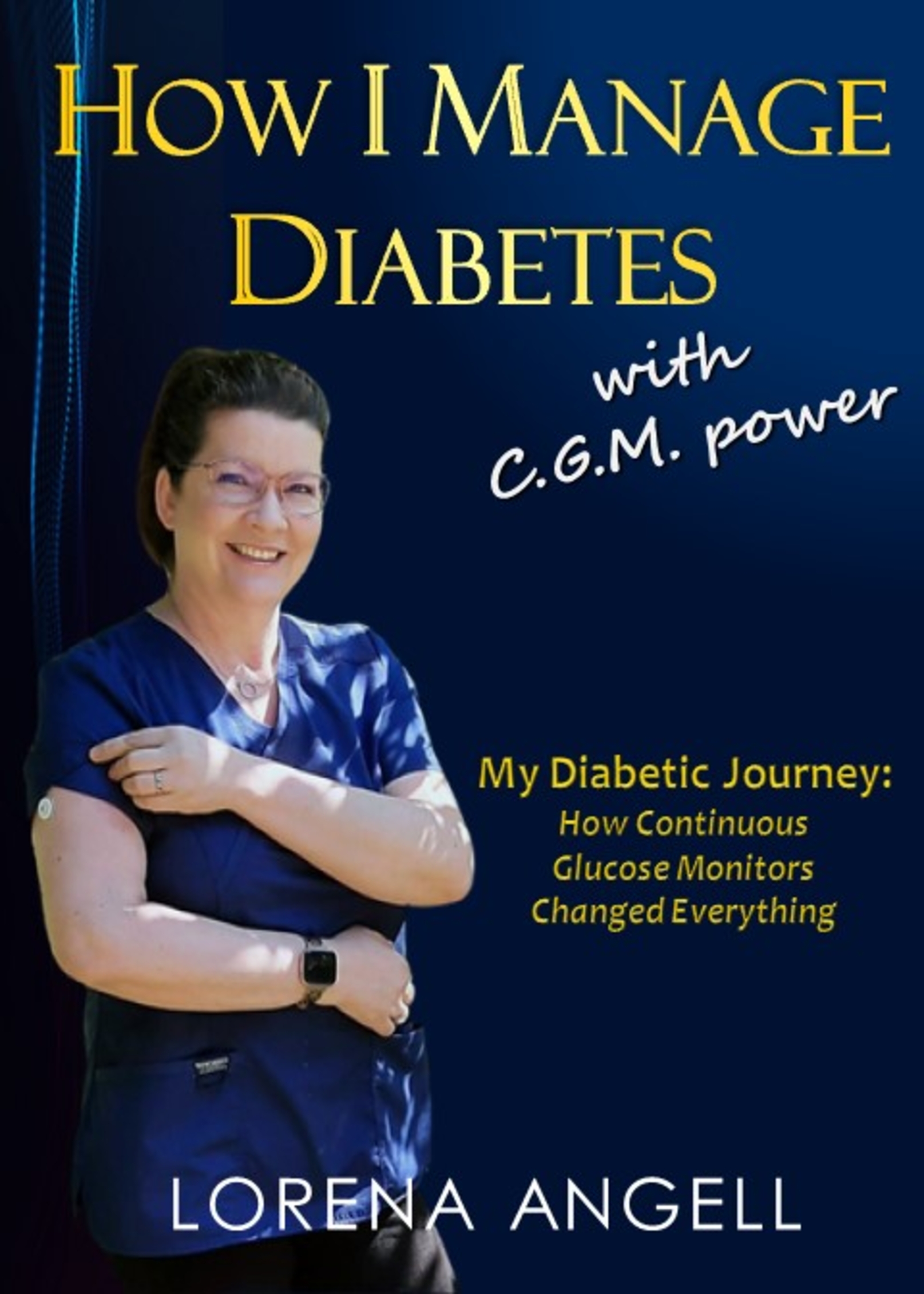What is a CGM device and why will it make your life better?
Perhaps you're wondering, "what is a cgm device?" It's called a continuous glucose monitor and it changes everything. It helps you know what your body's sugar levels are doing all the time. There are several types of cgms and they will all work well. The most important thing is to become aware of your glucose levels and how food relates to your present and future health.
The first place to start is by seeing your doctor and get your A1C measured. That will tell you if you have an immediate problem or not. It will help you take control of your health.

You are probably here for one of two reasons:
1. A doctor has told you that you are diabetic or on the road to soon becoming diabetic.
2. You are being proactive in avoiding a hereditary condition or a poor diet- related illness that could end your life early or the life of a loved one.
Either category is lucky for you because of advancements in diabetes testing. Until now, we have never had a method to see how our bodies react to food minute by minute unless we wanted to poke our fingers minute by minute. Ouch, sore fingers!
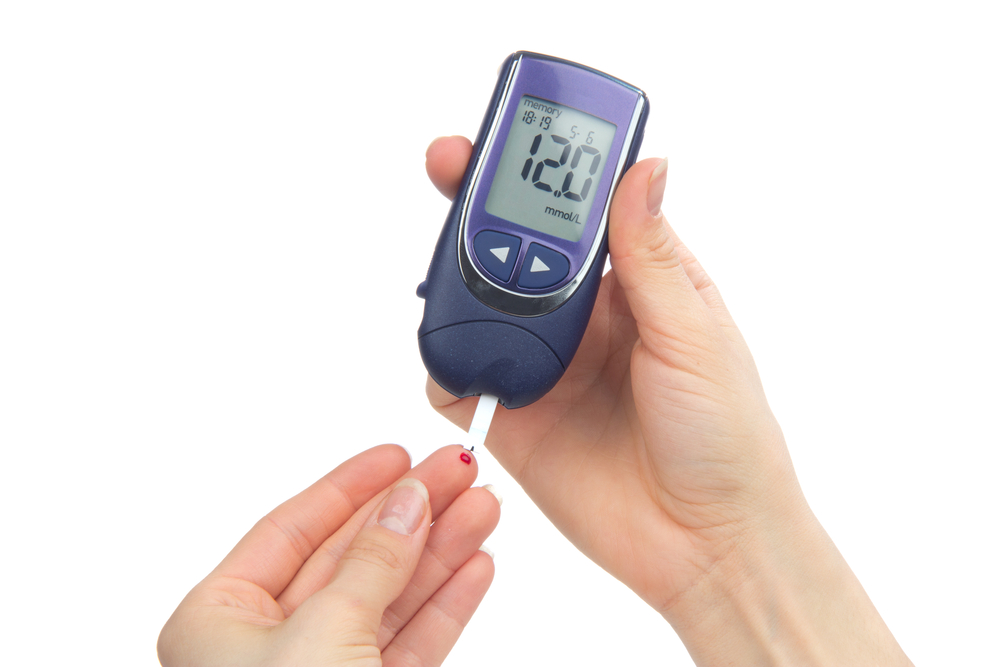
With a cgm device you can now monitor your sugar levels every minute without the finger pokes. It is a life changer!
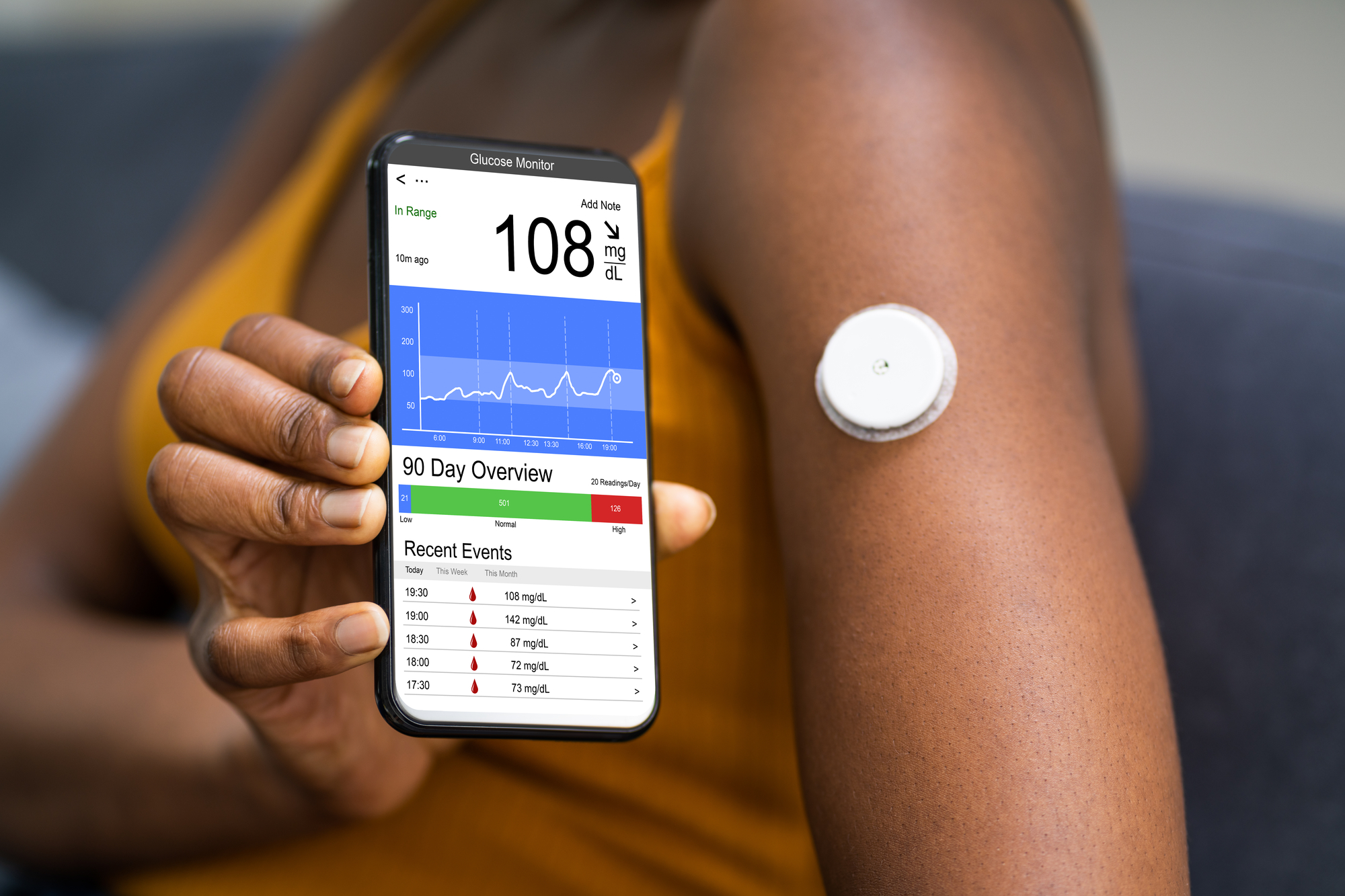
Let's jump right into the Tips for application.
Where to apply the CGM
It's important to apply the continuous glucose monitor in a place on your arm where it will stay without getting scraped off on a wall or on the side of your body. Trial and error gets expensive. That's where those of us with experience can help out a lot.
How to apply the CGM
The cgm needs to be on the arm where there is no dirt or dead skin particles. It's easy to think that your arm is clean after one alcohol swab, but consider it's also about stripping dead skin cells, not just dirt. Skin cells flake away and the device might want to flake away too if it's stuck to the dead surface skin.
How to activate the new CGM with your phone
For the Freestyle Libra 3 device we go to the Google Playstore and install the app. Once installed, it will guide you through the activation process.
Removal of the old device once it has ended it's two weeks service time. It's very easy. I like to encourage users to alternate arms every device, but it's completely up to you.
The device does not use a needle in your arm to collect data
Every person has a right to be concerned about the device and how it enters the arm and stays there for two weeks while it helps collect your glucose levels data. Some people have expressed fear that they cannot sleep on the device or even bump it accidently for fear of driving a needle further into the arm. There is no needle. It's a very flexible filament.
Tips to know that experienced people have learned through trial and error.
1. Morning is the best time to apply the CGM because your body will adjust to the very slight pain of the location during the day and you will be able to fall asleep at night.
2. It's best if you don't shower before applying the device. Showering causes the skin to wrinkle and when it dries, it may shrink around the adhesive seal and come loose. Perhaps, skip a day of showering. I know. Do it for your health. LOL
3. Try to put it on the very back of your arm where the flabby church lady skin hangs. (As a child at church, I always noticed that music choristers were usually women and when they would lead, their arm flab would fly all around.)
Anyway, we have no idea how close we cut corners in door frames at home. If something is sticking out even slightly, it gets torn off. It doesn't hurt at all, but the device is kind of expensive and you'll have to buy another and your insurance will say, "Oh hell no! Not for two more weeks bucko!"
4. We all have a lot of dead skin cells everywhere including our arms. If you can strip the arm surface with alcohol wipes, you will reveal the skin surface that holds the adhesive monitor patch securely.
A CGM can help you know what your body is doing
When we were young, our bodies were new. Some people have type-1 diabetes and they have to learn how to manage nutrition. They have a plan of nutrition and medicine and they learn that plan at a young age. Many of us older adults have to play catchup on that important information as we approach type-2 diabetes.

There is plenty of information on how our bodies react to carbs. We are all a little different though. Some carbs are not as bad as others. Also, it depends on what you eat with the carb. If you can eat fat and protein with certain carbs, the sugar spike may be lower than if you eat it without anything else.
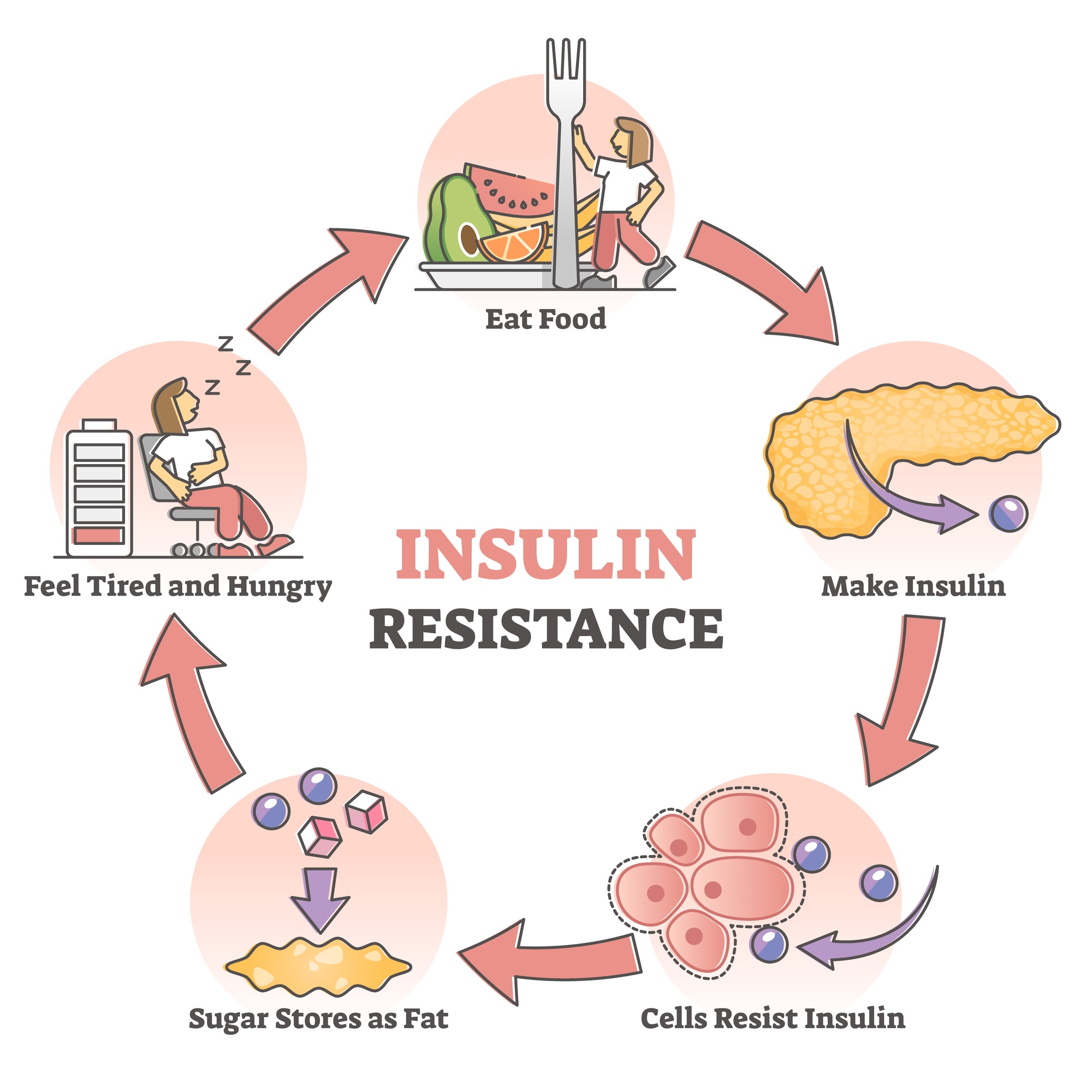
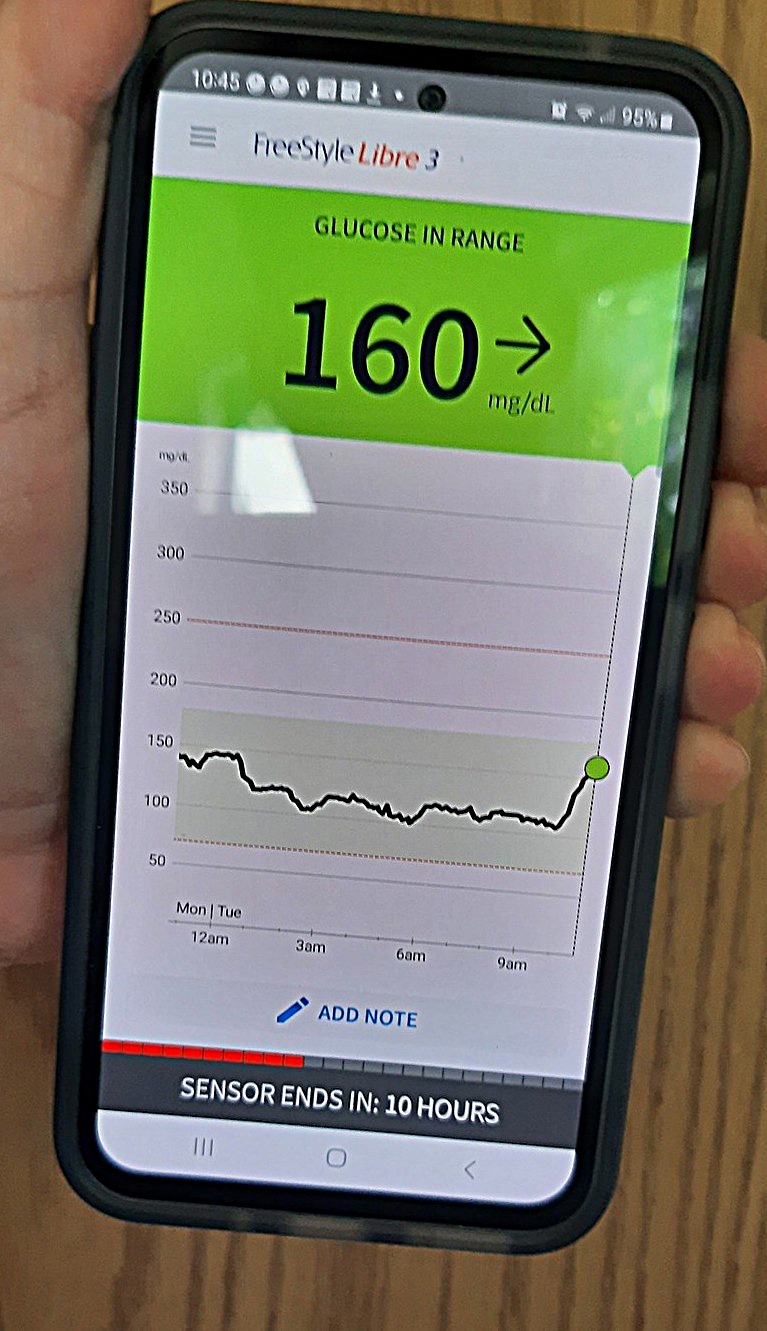
There are many variables and combinations for what we eat along with the amount. With a continuous glucose monitor, you can stay within the boundaries of glucose levels that prevent damage to the pancreas.
After awhile you will begin to see how your glucose levels rise and fall with certain foods. You'll also learn what portions you can get away with and still maintain healthy glucose levels. You will start to recognize unhealthy patterns and learn how to avoid them. You may even keep a diabetic journal which is huge in showing how your body handles different things.
So, what is a cgm device used for and how will it help you know if you're living a healthy life?

We all want to be healthy, but we also want to enjoy yummy foods and drinks. Remember moderation applies really well here.
Don't redline your pancreas
Let's take a different approach to glucose levels. We all want to stay within normal levels of glucose in our blood. If you go too high, you start a slow process of causing damage that can't be reversed.

If you get a new car and you want the exhilaration of revving and rodding the engine and driving fast you will decrease the life of the engine.
Redlining causes future damage to the life of the motor even though it's kind of fun at the time.
We redline our pancreas with excessive amounts of sugar. It feels good to satisfy sugar cravings, but it could be harmful to our future health.

For those that have diabetes or a possibility of diabetes in their future, those individuals want to stay under 180. Redlining for them could be above 180. That's when the damage slowly happens. It sure feels good to gorge with sweets at the time though, but it comes at a price that you will have to pay in the future.
That's really an oversimplification of a very complex system though. Still it's better than ignoring something that doesn't seem like a problem until it becomes a really big problem. I see many people who have ignored diabetes until they can't ignore it any longer.
The problem though, is once it becomes a problem, you won't be able to reverse the damage. The best time to act is now. For some that have done so much damage, it's about survival for a little longer, but for others it could be the change in life that keeps them living twenty years longer and in good health. An enjoyable life with good energy levels.

I am Lorena Angell. I have hereditary type-2 diabetes. I have been diabetic for many years. At first, it was depressing as I faced many challenges. Having a high A1C and being diagnosed as diabetic many years ago was a huge wake up call for me.
It was life-altering. I made necessary changes and I feel great. The life changes were not that hard and now it is how my husband and I live. My husband is not diabetic, but the food changes help him as well. It's important to make small changes in your diet that you can maintain. I have learned a lot about what works and what doesn't. Diets that are too restricting don't last long. Small changes in planning, shopping and cooking can lead to big changes in your health.
CGMs have helped me manage my blood sugar levels immensely, and I'm often asked questions about them. I decided to write a book about my diabetic journey and how CGMs helped me retake control of my life. I included many examples and tips on leveraging the data the CGM offers the user. This book is for anyone fighting diabetes, insulin resistance, hypoglycemia, type 2 or type 1, and anyone curious about preventing blood sugar problems. Also, fans of my fiction writing may find my story interesting as it gives a back story to what was happening in my life as my book series progressed. The book is available in ebook on Amazon, Barnes&Noble, iTunes. Paperback and audiobook coming soon.
